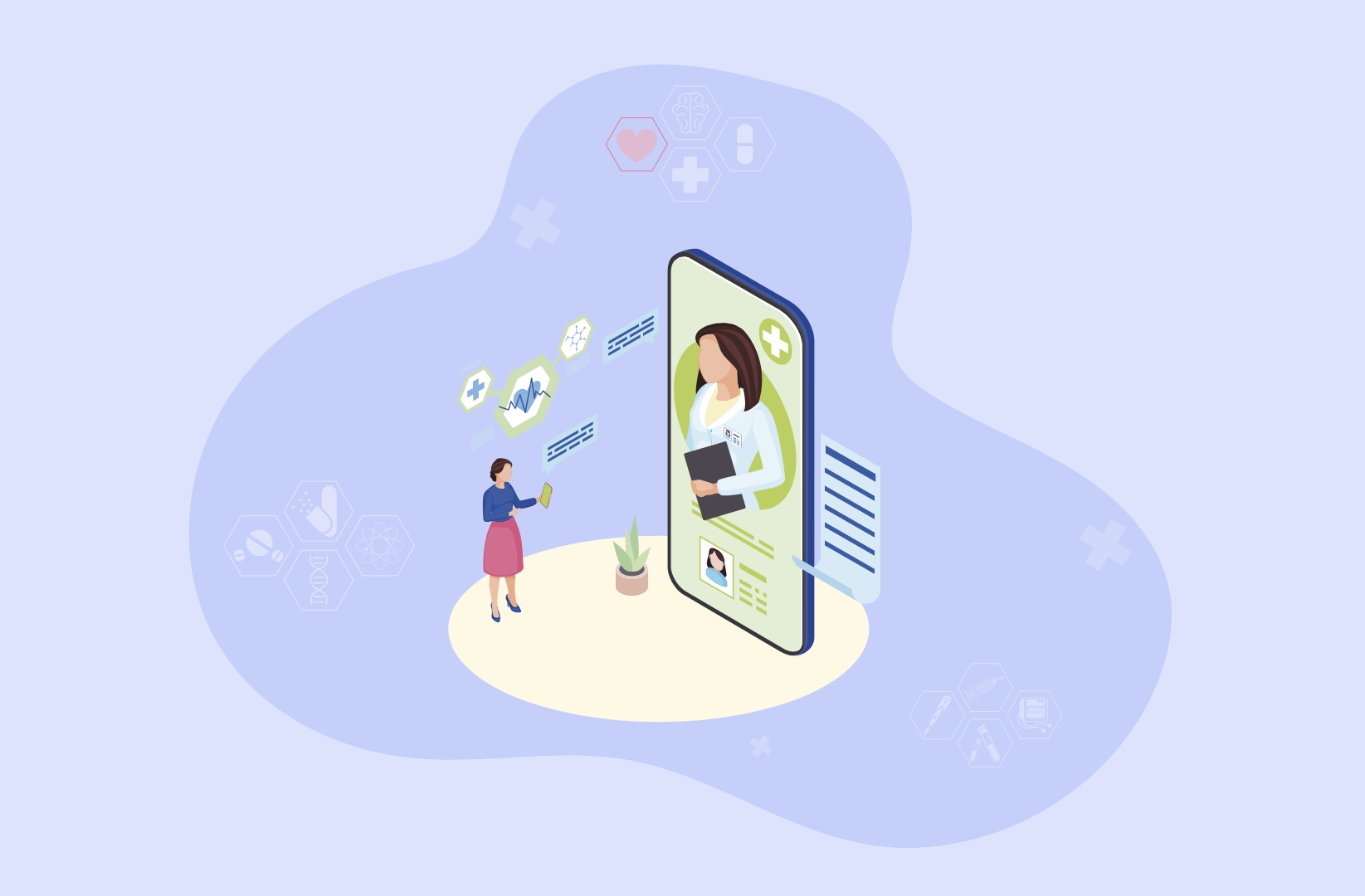Managing chronic conditions like hypertension, diabetes, and heart disease requires ongoing monitoring and timely interventions. Traditional in-person visits alone may not be sufficient to track vital health data consistently. This is where Medicare’s Remote Physiologic Monitoring (RPM) program comes in. RPM allows healthcare providers to remotely track a patient’s health data using digital devices, leading to improved care and better health outcomes.
If you’re a Medicare beneficiary, you might be wondering how this program works, what benefits it offers, and whether it’s covered by Medicare. This guide will help you understand Medicare Remote Physiologic Monitoring, how it impacts your care, and why it’s beneficial for your health.
What is Remote Physiologic Monitoring (RPM)?
Remote Physiologic Monitoring (RPM) is a Medicare-covered service that enables healthcare providers to track your vital signs and health conditions remotely using digital devices. These devices may include:
- Blood pressure monitors
- Glucometers for blood sugar levels
- Pulse oximeters for oxygen saturation
- Weight scales for heart failure patients
- Wearable heart monitors
These devices collect real-time data and securely transmit it to your healthcare provider. This allows them to detect health issues early, adjust treatments as necessary, and reduce hospitalizations.
How Does Medicare Cover RPM?
Medicare Part B covers Remote Physiologic Monitoring under specific conditions. Here’s what you need to know:
- Who is eligible?
- Patients with chronic conditions (such as hypertension, diabetes, or COPD) who require ongoing monitoring.
- A Medicare-enrolled provider must prescribe the RPM service.
- What costs are involved?
- Medicare covers 80% of the approved cost of RPM services under Part B.
- Patients are responsible for 20% of the cost unless they have supplemental insurance (like Medigap) or Medicare Advantage (Part C) that covers the difference.
- What services are included?
- Initial setup and device education
- Monthly monitoring and analysis of data
- Ongoing communication with your healthcare provider
Benefits of RPM for Medicare Patients
1. Better Chronic Disease Management
RPM allows real-time tracking of conditions like diabetes and high blood pressure, reducing complications and emergency visits.
2. Fewer Hospitalizations and ER Visits
Studies show that RPM reduces hospital readmissions by up to 76% by catching warning signs early and allowing for proactive interventions.
3. Convenient and Accessible Care
Patients can stay connected with their healthcare provider without frequent in-person visits, making care easier for those with mobility challenges or transportation issues.
4. Improved Medication and Treatment Adherence
With continuous monitoring, doctors can adjust medications or recommend lifestyle changes in real time, ensuring more effective treatment plans.
5. Peace of Mind for Patients and Families
RPM gives both patients and their caregivers reassurance that their health is being monitored continuously, reducing anxiety about sudden complications.
Key Medicare RPM Billing Codes
Medicare uses specific billing codes to reimburse providers for RPM services:
- CPT 99453 – Initial setup and patient education
- CPT 99454 – Monthly device supply and transmission of data
- CPT 99457 – First 20 minutes of provider interaction and monitoring per month
- CPT 99458 – Additional 20-minute increments of provider interaction
How to Get Started with Medicare RPM
If you think RPM could benefit your healthcare management, follow these steps:
- Talk to Your Doctor
- Ask if RPM is suitable for your condition and if your Medicare plan covers it.
- Get Enrolled
- Your doctor will enroll you and provide the necessary monitoring device if eligible.
- Learn How to Use Your RPM Device
- Your provider will guide you on how to take readings and transmit data.
- Monitor Your Health and Stay Engaged
- Keep track of your readings and communicate any concerns with your healthcare team.
The Future of Medicare RPM
Medicare is expanding Remote Physiologic Monitoring as more studies prove its effectiveness in improving health outcomes. According to the Centers for Medicare & Medicaid Services (CMS), the adoption of RPM has increased by over 150% in recent years, highlighting the growing importance of digital health solutions.
With advances in wearable technology and AI-powered analytics, RPM will continue to evolve, offering even more personalized and predictive healthcare solutions for Medicare beneficiaries.
Conclusion
Medicare’s Remote Physiologic Monitoring program is revolutionizing the way chronic conditions are managed, providing a seamless connection between patients and providers. With better health monitoring, reduced hospital visits, and increased access to care, RPM is a valuable service for Medicare beneficiaries looking to take control of their health.
If you have a chronic condition and are enrolled in Medicare, talk to your doctor about how RPM can benefit you today!









